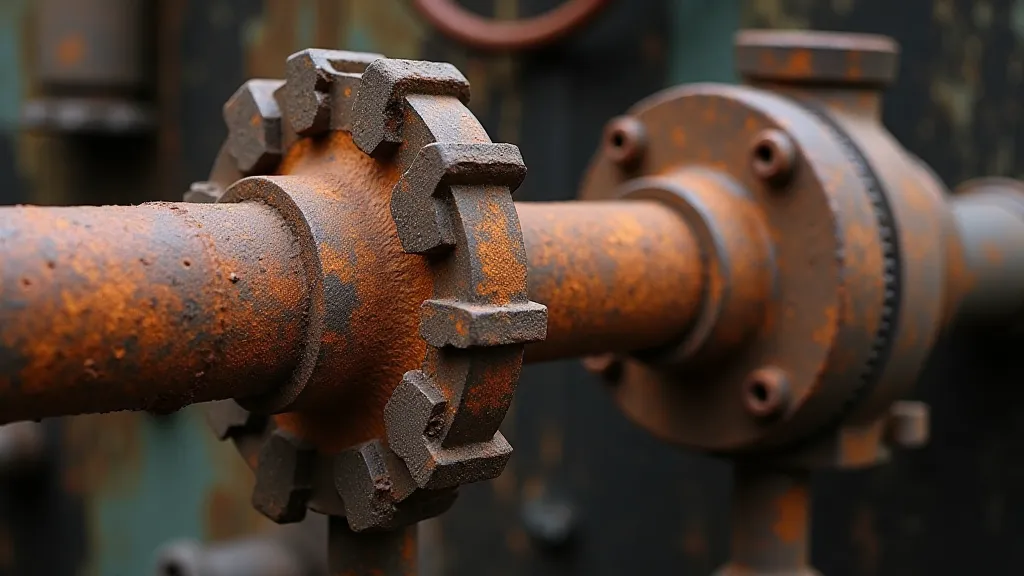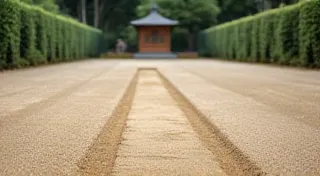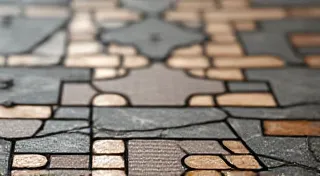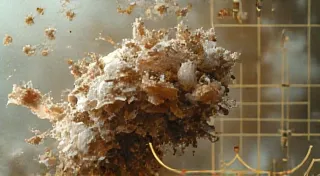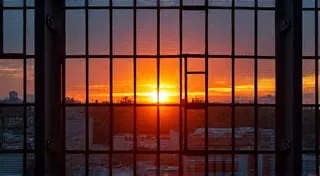Cathedral of Rust: The Aesthetics of Industrial Decay
There’s a peculiar fascination that grips me when I stand before a derelict factory. Not a sorrowful lament for lost industry, though that's certainly present, but a burgeoning sense of wonder. These aren't simply ruined structures; they are palimpsests of time, etched with the narratives of labor, innovation, and ultimately, obsolescence. They are, unexpectedly, cathedrals – cathedrals of rust, decay, and an undeniable, melancholic beauty. This isn't a sentimental longing for a bygone era; it's an appreciation for a new form of artistic expression born from industrial abandonment.
My own introduction to this aesthetic occurred unexpectedly. Growing up, I avoided the edges of my town, areas deemed ‘rough’ or ‘uninteresting.’ But a school project – a study of local history – forced me to explore the sprawling complex of the old Blackwood Textile Mill. The towering brick walls, once humming with the rhythmic clatter of looms, were now draped in ivy and scarred with the relentless erosion of weather. Windows, like vacant eyes, stared out onto a landscape reclaimed by nature. I remember feeling a strange mix of fear and… reverence. It wasn't the imposing grandeur of a Gothic cathedral, but a raw, elemental power emanated from the ruins. I began to see the beauty in the deterioration – the way the rust formed intricate patterns, the way fractured concrete revealed layers of construction, the way sunlight filtered through the broken windows, casting dramatic shadows.
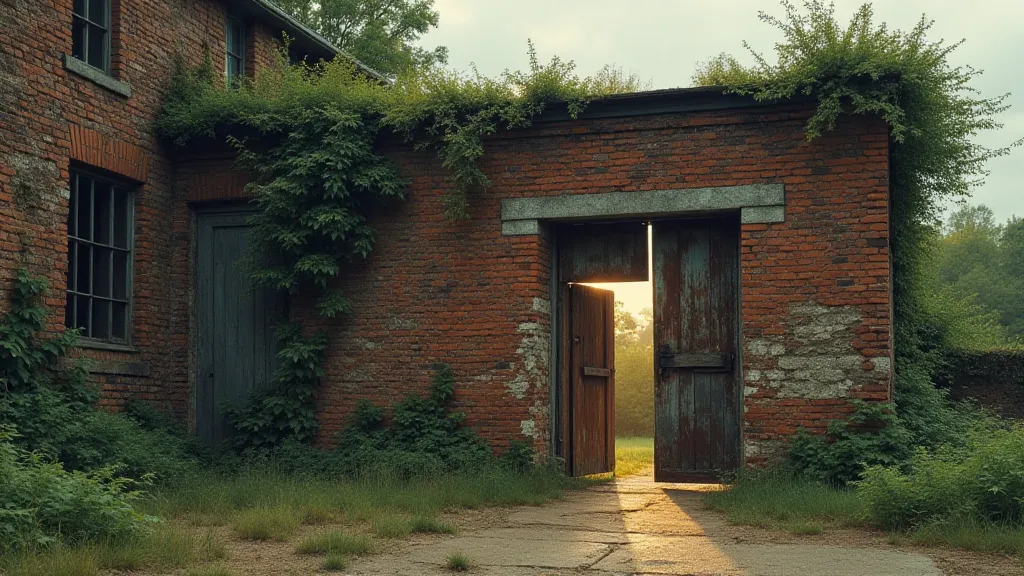
The History Imprinted in Corrosion
The Blackwood Mill, like countless others across the globe, represents a pivotal chapter in human history – the rise of industrialization. Built in 1888, it initially provided hundreds of jobs, fueling the local economy and shaping the character of the community. The buildings themselves were testaments to the engineering prowess of the time – massive brick structures designed to house increasingly complex machinery. But the rise of synthetic fibers and international competition ultimately sealed the mill’s fate. Production ceased in the 1970s, and the complex was abandoned, slowly surrendering to the elements.
But the decay itself tells a story. The orange hues of the rust aren’t just a visual phenomenon; they are a chemical record of years of exposure to oxygen and moisture. The crumbling concrete reveals the layers of repairs and modifications made over decades of use. Each crack, each stain, each patch of peeling paint is a tangible marker of the passage of time – a visual timeline of the building’s life cycle.
The Craftsmanship Revealed
Ironically, the decay often *reveals* more about the original craftsmanship than a pristine, fully restored building ever could. The raw materials—the brick, the steel, the concrete—become more visible. Consider the mortar joints between the bricks: once neatly uniform, they now splay outwards, exposing the aggregate within. You can almost feel the hands that laid each brick, the pride taken in their work. The exposed steel beams, once hidden beneath layers of machinery and cladding, showcase the strength and ingenuity of the original design. These aren’s imperfections; they are echoes of the skilled tradesmen who built and maintained the mill. They are the tangible evidence of a commitment to quality and durability that’s often lacking in modern construction.
I recall finding a small, almost perfectly preserved metal tag affixed to one of the steel girders. It bore the embossed name of a local ironworks – a company long since dissolved – and a date from 1903. Holding that tiny piece of metal in my hand, I felt a direct connection to the past, to the people who had forged that steel and the communities they had supported. These details, often overlooked in the rush of modern life, are what make these abandoned structures so compelling.
The Poetics of Fragmentation
The concept of ‘wabi-sabi’ – the Japanese philosophy that finds beauty in imperfection and impermanence – seems particularly apt when considering industrial decay. The broken windows, the missing roof tiles, the collapsing walls – these are not signs of failure; they are evidence of a natural cycle of birth, growth, decline, and renewal. The fragmentation isn’t destructive; it's transformative. The light and shadow play across the ruins, creating an ever-changing canvas of textures and patterns. The sounds of the wind whistling through the broken windows, the creaking of the rusted metal – these contribute to an atmosphere of haunting beauty.
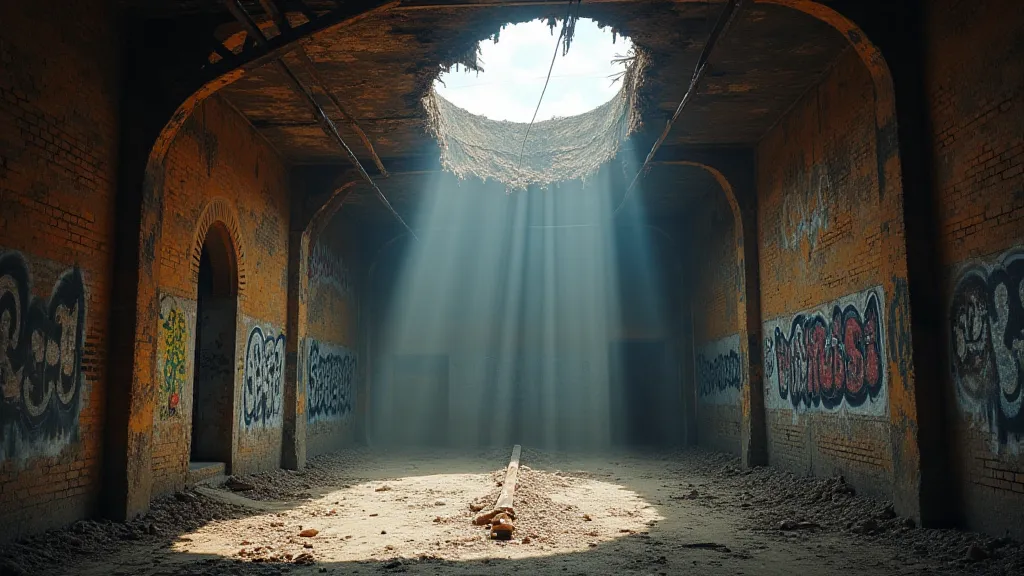
Collecting and Restoration: A Delicate Balance
The growing interest in industrial archaeology and the aesthetics of decay has led to a surge in collecting and even restoration projects. However, it's a delicate balance. Heavy-handed restoration can strip away the very qualities that make these structures so compelling. The beauty lies in the evidence of time, in the patina of rust and the texture of decay. To erase that history would be to diminish the artistic value of the site.
For collectors, the challenge isn’t about preserving the buildings in a pristine state but about documenting and celebrating their unique histories. Architectural salvage – recovering materials from abandoned buildings – has become a popular pastime. Old gears, rusted pipes, cracked tiles – these fragments of the past can be repurposed in new and creative ways, keeping the memory of the industrial age alive.
Some preservationists advocate for “stabilization” rather than restoration – measures to prevent further deterioration while preserving the existing character of the buildings. This approach acknowledges the inevitable passage of time while safeguarding the structural integrity of the site.
A Silent Symphony
Standing before a decaying factory isn't just a visual experience; it's a sensory one. The smell of damp brick and rusted metal, the feel of crumbling concrete beneath your fingers, the sounds of the wind – these elements combine to create a powerful and evocative atmosphere. It's a silent symphony of decay, a poignant reminder of the transience of human endeavor. These “cathedrals of rust” are testaments not to failure but to resilience - the remarkable ability of nature to reclaim what was once built by human hands. They offer a profound meditation on time, loss, and the enduring beauty of imperfection. They are reminders that even in decay, there is artistry – a quiet, melancholic grace that speaks to the soul.
